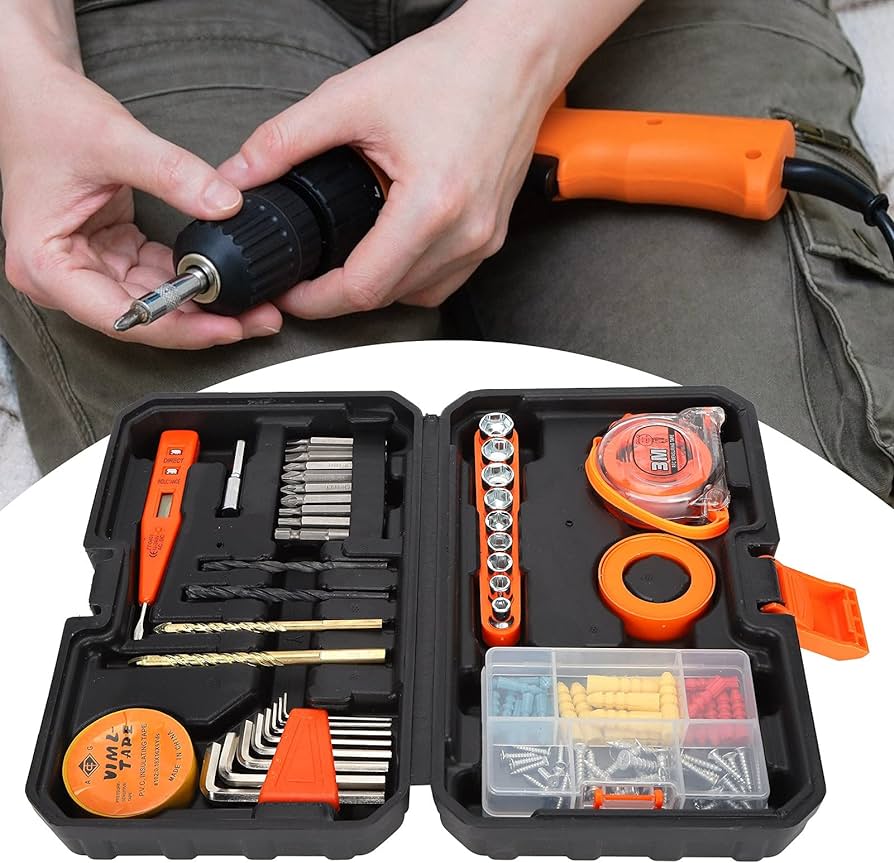
Welcome to our comprehensive guide on 10 actionable DIY home gardening tips to implement today.
Whether you're a seasoned gardener or just starting out, this article provides practical and detailed advice to help you create a thriving garden at home.
From building raised beds and composting to creating homemade plant food and implementing DIY pest control, we cover a range of topics that will empower you to take control of your garden and enjoy the freedom of growing your own produce.
Let's get started!
Building Raised Beds
One effective method for creating a productive and organized garden space is by constructing raised beds. Raised beds are elevated planting areas that offer several benefits, including improved drainage, better soil quality, and easier access for planting and maintenance.
When building raised beds, it is important to choose the right building materials. Common options include wood, concrete blocks, or even recycled materials like old pallets. Wood is a popular choice due to its affordability and versatility. It is important to use untreated, rot-resistant wood to avoid chemicals leaching into the soil.
Before filling the raised beds with soil, proper soil preparation is crucial. This involves removing any weeds or grass, loosening the soil, and incorporating organic matter like compost or aged manure.
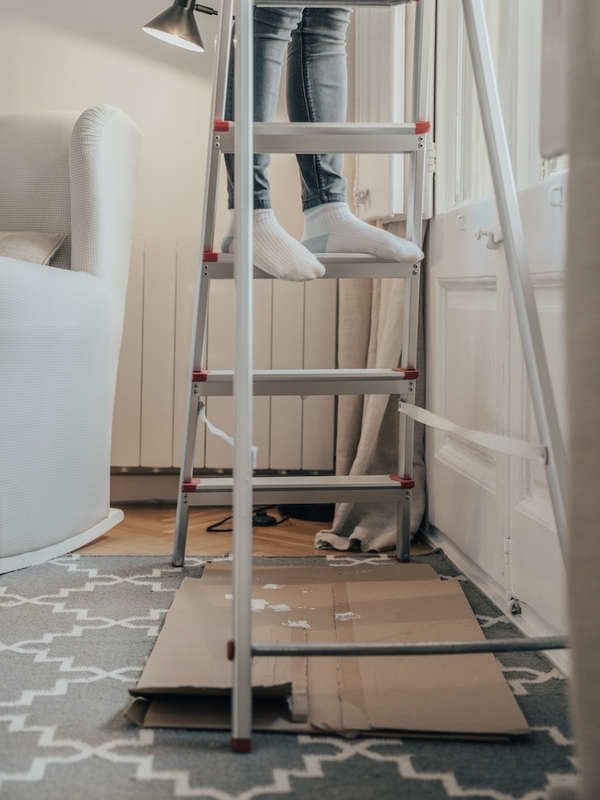
Home Composting
Home composting is an essential practice for healthier soil in your garden. By composting, you can recycle kitchen scraps and yard waste, turning them into nutrient-rich compost that will improve the fertility and structure of your soil.
There are easy composting techniques that you can implement at home, such as using a compost bin or creating a compost pile.
The benefits of home composting include reducing waste, saving money on fertilizers, and promoting sustainable gardening practices.
Composting for Healthier Soil
Composting is an essential practice for achieving healthier soil in your garden. Not only does it reduce waste and help the environment, but it also enriches the soil with nutrients and improves its structure.
There are different methods of composting that you can implement at home, such as indoor composting and vermicomposting.
Indoor composting is a great option for those with limited outdoor space or for those who want to compost year-round. It involves using a compost bin or container that can be placed indoors, such as in a kitchen or utility room. By collecting kitchen scraps, coffee grounds, and other organic materials, you can create compost that can be used to nourish your plants and improve the health of your soil.
Vermicomposting, on the other hand, involves using worms to break down organic matter. This method is particularly useful for those who want to compost but don't have access to a large outdoor space. By introducing red worms into a specially designed vermicomposting bin, you can create nutrient-rich worm castings that can be added to your soil.
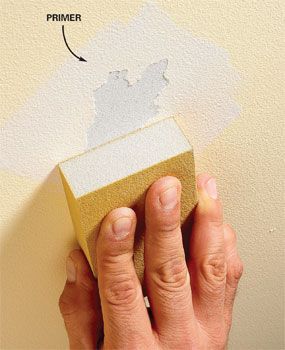
Implementing these composting methods in your garden will not only help you reduce waste but will also provide your plants with the essential nutrients they need for healthy growth.
Easy Composting Techniques
Implementing easy composting techniques in your garden can significantly improve soil health and nutrient availability for your plants.
One of the simplest ways to start composting at home is by using a compost bin. A compost bin is a container specifically designed to hold organic materials, such as kitchen scraps, yard waste, and leaves, allowing them to decompose and turn into nutrient-rich compost. It is important to choose a compost bin that suits your needs and space availability.
Another popular method of composting is worm composting, also known as vermicomposting. This technique involves using worms to break down organic waste into nutrient-rich compost. To start worm composting, you will need a worm bin, bedding materials like shredded newspaper or cardboard, and worms such as red wigglers.
Benefits of Home Composting
The utilization of home composting offers numerous advantages for enhancing soil fertility and plant growth.
Composting is the process of decomposing organic matter, such as food scraps, yard waste, and leaves, into nutrient-rich compost that can be used as a natural fertilizer for plants.
One of the key benefits of composting is that it reduces the need for chemical fertilizers, which can have harmful effects on the environment. By recycling organic waste and turning it into compost, you not only divert waste from landfills but also create a valuable resource for your garden.
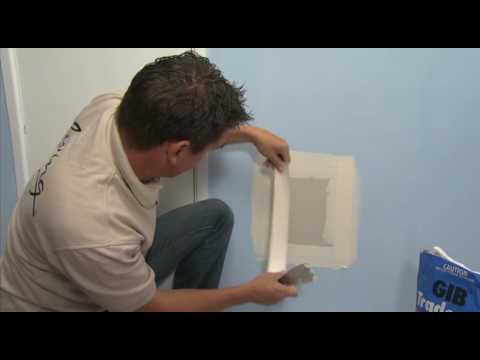
Compost improves soil structure, increases water retention, and promotes beneficial microbial activity, resulting in healthier plants with stronger root systems.
Additionally, composting helps to reduce greenhouse gas emissions by preventing organic waste from producing methane gas in landfills.
DIY Greenhouses
When considering DIY Greenhouses, it is essential to plan and construct with precision and attention to detail. Greenhouses offer a controlled environment for plants to thrive, allowing gardeners to extend the growing season and protect delicate plants from harsh weather conditions.
Here are some tips to help you maintain and design your greenhouse:
- Regular greenhouse maintenance is crucial for optimal plant growth. This includes cleaning the greenhouse to remove dirt and debris, checking for pests and diseases, and ensuring proper ventilation and temperature control.
- Consider the design of your greenhouse carefully. Factors such as size, shape, and materials used will affect its functionality and efficiency. Think about the type of plants you want to grow and how much space and light they require.
- Install shade cloths or blinds to regulate sunlight and prevent overheating during hot summer days.
- Invest in a quality irrigation system to ensure your plants receive the right amount of water without causing waterlogging or drought stress.
Garden Layout Solutions
To ensure efficient use of space and maximize plant growth, gardeners should carefully plan their garden layout.
A well-designed garden not only enhances the aesthetics of the space but also allows for optimal plant placement.
When planning the garden layout, consider factors such as sunlight, water accessibility, and soil conditions.
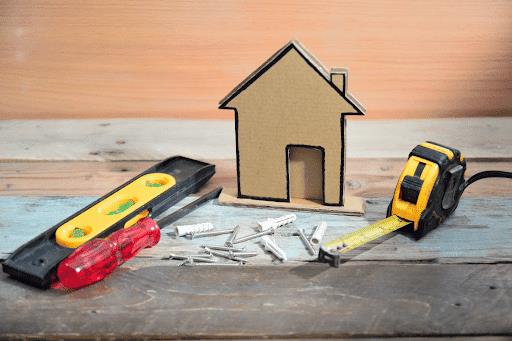
Place taller plants towards the back of the garden to avoid shading smaller plants.
Group plants with similar watering needs together to simplify irrigation.
Additionally, consider companion planting, where certain plants benefit each other by repelling pests or enhancing growth.
This can help maximize the use of space and improve overall garden health.
Homemade Plant Food
When it comes to nourishing your plants, natural fertilizer alternatives can be a great option. Homemade plant food offers several benefits, such as being cost-effective and environmentally friendly.
Natural Fertilizer Alternatives
Utilizing homemade plant food as a natural fertilizer alternative is an effective way to nourish your garden without relying on synthetic chemicals. Natural fertilizer options provide organic soil enrichment, promoting healthier plant growth and reducing the risk of harmful environmental impacts. Here are some homemade plant food ideas to consider:
- Compost: Create your own nutrient-rich compost by combining kitchen scraps, yard waste, and other organic materials. This homemade compost provides a balanced mix of essential nutrients for your plants.
- Manure tea: Mix aged manure with water to create a nutrient-rich liquid fertilizer. This natural fertilizer option is particularly beneficial for vegetable gardens.
- Epsom salt: Dissolve Epsom salt in water and use it as a foliar spray or soil additive. It provides magnesium and sulfur, which are essential for plant growth.
- Coffee grounds: Mix coffee grounds into your soil or use them as a top dressing. They add organic matter and nutrients like nitrogen, potassium, and phosphorus.
Benefits of Homemade Plant Food
One of the key advantages of incorporating homemade plant food into your gardening routine is the natural nourishment it provides for your plants. Homemade plant food, made from organic ingredients, is free from harmful chemicals and synthetic additives that can be found in commercial fertilizers.

By using homemade plant food, you can ensure that your plants receive a balanced and nutrient-rich diet, promoting their overall health and growth. Additionally, homemade plant food is environmentally friendly and promotes sustainable gardening practices. It reduces the reliance on chemical fertilizers and helps to maintain the natural balance of the soil.
Furthermore, making your own plant food allows you to have control over the ingredients, enabling you to customize the blend based on the specific needs of your plants.
DIY Plant Nutrient Recipes
To create nutrient-rich homemade plant food, you can follow these DIY plant nutrient recipes:
- Compost tea: Mix compost with water and let it sit for a few days. Use this nutrient-rich liquid to water your plants.
- Banana peel fertilizer: Blend banana peels with water and pour the mixture around your plants. The potassium in the peels promotes healthy growth.
- Epsom salt solution: Dissolve Epsom salt in water and use it to water your plants. The magnesium and sulfur in Epsom salt help plants absorb nutrients.
- Coffee grounds: Sprinkle coffee grounds around your plants to add nitrogen and improve soil fertility.
These homemade plant food recipes are cost-effective and provide your plants with essential nutrients. They are a great option for DIY plant propagation and can also be used in conjunction with homemade organic pesticides to promote overall plant health. Experiment with different recipes and observe the positive impact on your garden.
DIY Irrigation Solutions
Implementing a DIY irrigation system is an effective way to ensure consistent water supply for your home garden. By using smart watering techniques and efficient irrigation methods, you can optimize water usage and promote healthy plant growth.
One option for a DIY irrigation solution is a drip irrigation system. This system delivers water directly to the plant roots, minimizing water waste and reducing the risk of disease.
Another option is a soaker hose, which releases water slowly and evenly along the length of the hose. This method is ideal for watering larger areas or rows of plants.
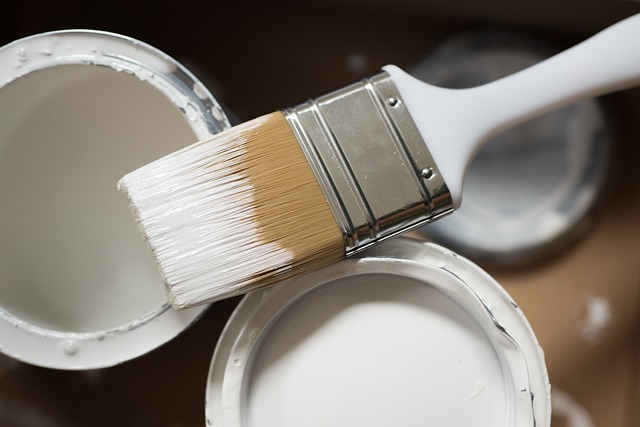
Additionally, using rain barrels to collect and store rainwater can provide a sustainable water source for your garden.
Remember to regularly monitor and adjust your irrigation system to meet the changing needs of your plants.
With these DIY irrigation solutions, you can effectively water your garden while conserving water and promoting plant health.
Home Landscaping
A crucial aspect of home landscaping is selecting the appropriate plants and flowers to enhance the overall aesthetic. When it comes to home landscaping, there are certain mistakes that should be avoided. Here are some common errors to watch out for:
- Neglecting to plan: Before starting any landscaping project, it's important to have a clear plan in mind. Take into consideration factors such as the size of your yard, the amount of sunlight it receives, and any existing structures that need to be worked around.
- Overlooking maintenance: It's easy to get caught up in the excitement of designing your landscape, but it's important to consider the long-term maintenance required. Choose plants that are suitable for your climate and that won't require excessive watering or pruning.
- Ignoring the importance of soil: Good soil is the foundation of a healthy garden. Take the time to assess the quality of your soil and make any necessary amendments to ensure optimal plant growth.
- Forgetting about the seasons: It's important to choose a variety of plants that will bloom at different times of the year, ensuring that your landscape remains vibrant and colorful throughout the seasons.
To successfully tackle home landscaping, having the right tools is essential. Here are some must-have tools for any DIY landscaper:
- Shovel: A sturdy shovel is indispensable for digging holes, moving soil, and planting.
- Pruning shears: These are necessary for trimming plants, removing dead branches, and shaping hedges.
- Rake: A rake is useful for leveling the soil, removing debris, and preparing the ground for planting.
- Wheelbarrow: This tool comes in handy for transporting heavy materials such as soil, mulch, or rocks.
DIY Garden Decor
When it comes to DIY garden decor, there are endless possibilities to get creative and add a personal touch to your outdoor space.
From repurposing old items to making budget-friendly decor, you can transform your garden into a beautiful and unique oasis.

Upcycling materials like pallets, tin cans, and old tires can create a charming ambiance and give your garden a rustic or whimsical feel.
Creative Garden Decoration Ideas
To enhance the aesthetic appeal of your garden, consider incorporating creative DIY garden decor using simple materials and techniques. Here are some budget-friendly ideas to get you started:
- Vertical Gardening: Utilize vertical spaces in your garden by creating a vertical garden. Hang potted plants on a trellis or repurpose old pallets as vertical planters. This not only adds visual interest but also maximizes your growing space.
- Recycled Materials: Give new life to old items by repurposing them as garden decorations. Transform old tires into colorful flower planters or use glass bottles as unique garden borders. Not only will this save money, but it will also add a touch of creativity to your outdoor space.
- DIY Garden Art: Get crafty and make your own garden art using materials like rocks, driftwood, or even broken ceramics. Create a mosaic pathway or build a rock sculpture to add personality and charm to your garden.
- Upcycled Furniture: Instead of throwing away old furniture, repurpose it for outdoor use. Turn an old ladder into a plant stand or transform a wooden crate into a rustic planter. This adds a unique touch to your garden while also reducing waste.
Budget-Friendly Outdoor Decor
To continue enhancing the aesthetic appeal of your garden, incorporate budget-friendly outdoor decor using DIY garden decor ideas.
One way to achieve this is by opting for budget-friendly garden furniture. Instead of purchasing expensive outdoor furniture sets, consider repurposing old wooden pallets to create a unique and stylish seating area. You can also use cinder blocks and wooden planks to build benches or tables.
Another budget-friendly option is to make your own garden lighting. You can easily create beautiful DIY lanterns using mason jars, candles, and some decorative elements like ribbons or twine. Solar-powered lights are also a cost-effective and eco-friendly option.
Upcycling for Garden Ambiance
Incorporating upcycled materials for garden decor enhances the ambiance and adds a unique touch to your outdoor space. By repurposing items that would otherwise go to waste, you can create one-of-a-kind pieces that not only look great but also promote sustainability.
Here are some ideas for upcycling in your garden:
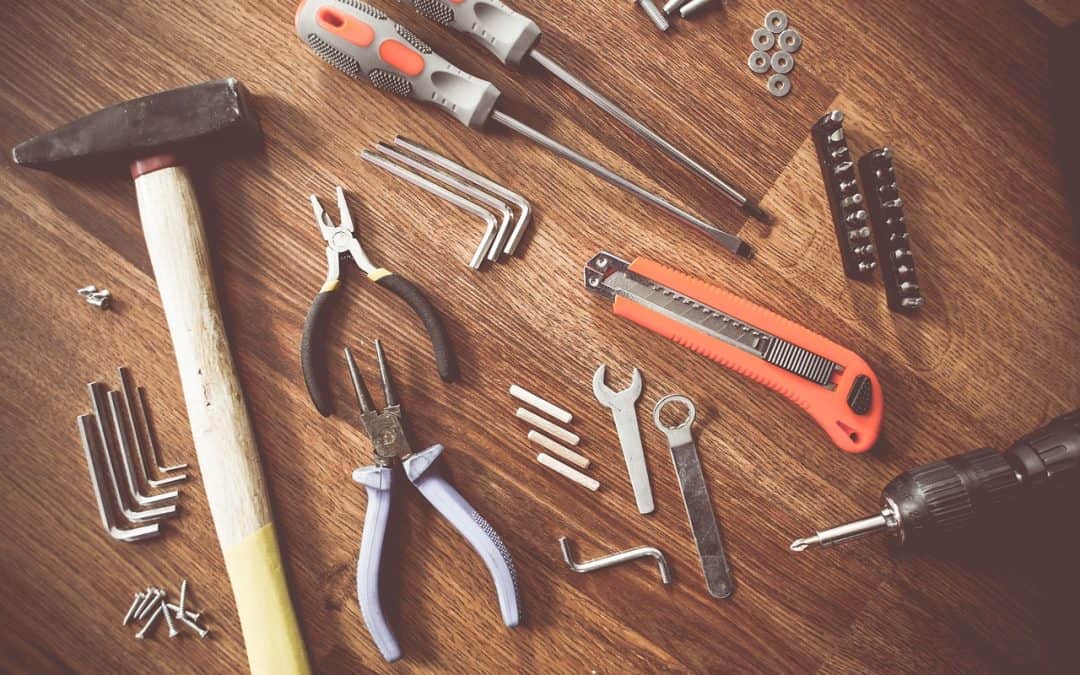
- Upcycled garden furniture: Give new life to old chairs, benches, or tables by sanding them down and applying a fresh coat of paint. You can also use reclaimed wood to build your own furniture pieces, adding a rustic touch to your garden.
- Repurposed garden containers: Instead of buying new pots and planters, look for old buckets, barrels, or even tires that can be transformed into unique plant containers. Just make sure to drill drainage holes and add a layer of gravel to ensure proper water drainage.
- Salvaged garden art: Turn discarded items like old bicycle wheels, broken mirrors, or even kitchen utensils into eye-catching garden art. Get creative and let your imagination run wild!
- Recycled garden pathways: Use broken tiles, reclaimed bricks, or even wine bottles to create colorful and eco-friendly pathways in your garden. This not only adds visual interest but also prevents waste from ending up in landfills.
Vertical Gardening
Implementing a vertical gardening system allows for maximizing space and utilizing vertical structures for growing plants. Vertical gardening has become increasingly popular among home gardeners due to its numerous benefits.
One of the main advantages is its space-saving nature, making it ideal for those with limited gardening space. By growing plants vertically, you can make the most of your available area and even transform walls, fences, or trellises into productive gardens.
Another benefit is the improved accessibility and ease of maintenance. With plants at eye level, it becomes easier to tend to them, water them, and harvest the fruits or vegetables they produce.
Vertical gardening techniques include using hanging baskets, wall-mounted planters, or even repurposing old pallets. These methods allow you to create a visually appealing garden while optimizing your space and enjoying the freedom to grow your own plants.
DIY Pest Control
When it comes to maintaining a thriving garden, effective DIY pest control is essential. Natural pest control methods can help you manage pests in your garden without relying on harmful chemicals. Here are some organic pest management techniques you can implement today:
- Companion planting: Planting certain flowers and herbs alongside your vegetables can repel pests and attract beneficial insects.
- Homemade sprays: Create your own pest control sprays using ingredients like neem oil, garlic, or hot pepper.
- Physical barriers: Use nets, fences, or row covers to protect your plants from pests like birds, rabbits, or insects.
- Crop rotation: Rotate your crops each year to disrupt pest cycles and reduce the risk of infestation.
Frequently Asked Questions
How Can I Protect My Plants From Common Garden Pests Without Using Harmful Chemicals?
To protect plants from common garden pests without using harmful chemicals, consider natural pest deterrents and companion planting techniques. These methods help repel pests by utilizing plants that naturally deter insects or attract beneficial insects to control pest populations.
What Are Some Creative Ideas for Adding Homemade Garden Decor to My Outdoor Space?
When it comes to adding homemade garden decor to your outdoor space, there are numerous creative ideas you can explore. DIY garden crafts and repurposed garden decorations offer a practical and environmentally-friendly way to enhance the beauty of your garden.
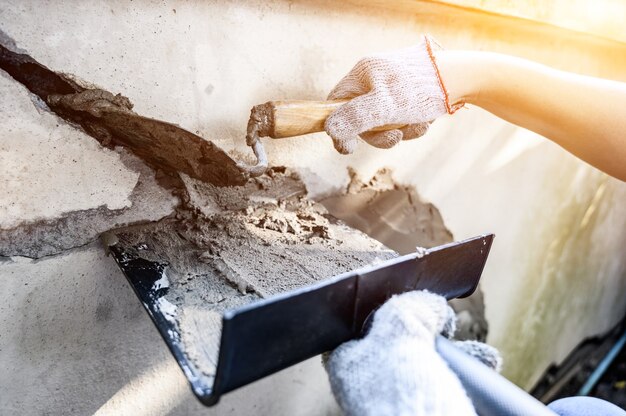
Is It Possible to Create a DIY Irrigation System for My Garden That Is Both Efficient and Cost-Effective?
Efficient watering and budget-friendly solutions are key factors when considering a DIY irrigation system. By optimizing irrigation for maximum water conservation and exploring cost-effective options, you can create a system that meets your garden's needs without breaking the bank.
What Are Some Space-Saving Techniques for Implementing Vertical Gardening in a Small Backyard or Balcony?
Vertical gardening techniques for apartment dwellers and maximizing space with vertical gardening on a balcony are essential for those with limited outdoor areas. These strategies allow for efficient and practical gardening solutions in small backyard or balcony settings.
Are There Any Natural Alternatives to Store-Bought Plant Food That I Can Make at Home Using Everyday Household Items?
Homemade compost is a nutrient-rich option for plant food that can be easily made at home using kitchen scraps and yard waste. DIY organic fertilizers can also be created using common household items like coffee grounds, eggshells, and banana peels.
 Family Craft ProjectsHome ImprovementCooking and BakingReuse and RecycleDIY GiftsEco-Friendly ProjectsDIY Home SolutionsSeasonal ActivitiesFun and GamesLearn TogetherPrivacy PolicyTerms And Conditions
Family Craft ProjectsHome ImprovementCooking and BakingReuse and RecycleDIY GiftsEco-Friendly ProjectsDIY Home SolutionsSeasonal ActivitiesFun and GamesLearn TogetherPrivacy PolicyTerms And Conditions

 Family Craft ProjectsHome ImprovementCooking and BakingReuse and RecycleDIY GiftsEco-Friendly ProjectsDIY Home SolutionsSeasonal ActivitiesFun and GamesLearn TogetherPrivacy PolicyTerms And Conditions
Family Craft ProjectsHome ImprovementCooking and BakingReuse and RecycleDIY GiftsEco-Friendly ProjectsDIY Home SolutionsSeasonal ActivitiesFun and GamesLearn TogetherPrivacy PolicyTerms And Conditions
